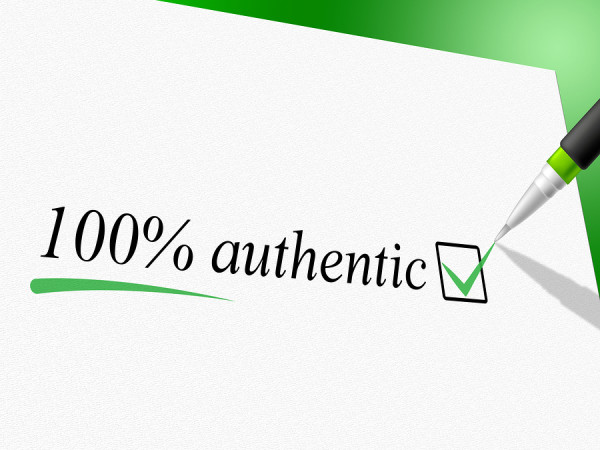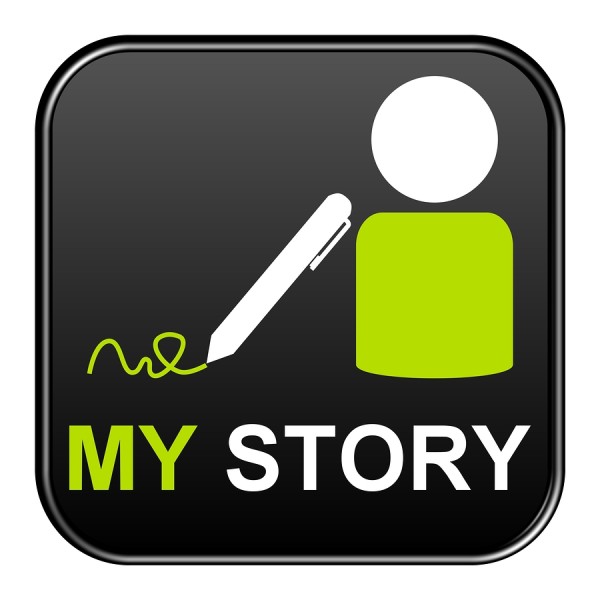 When it comes to a business newsletter, your brand is perceived in a blink of an eye.
When it comes to a business newsletter, your brand is perceived in a blink of an eye.
As I shared in my last post, your newsletter should build trust and confidence with your readers. It should include tips and information that invites your prospects and clients to take action. Your newsletter is a representation of you and your business. It’s a part of your brand.











